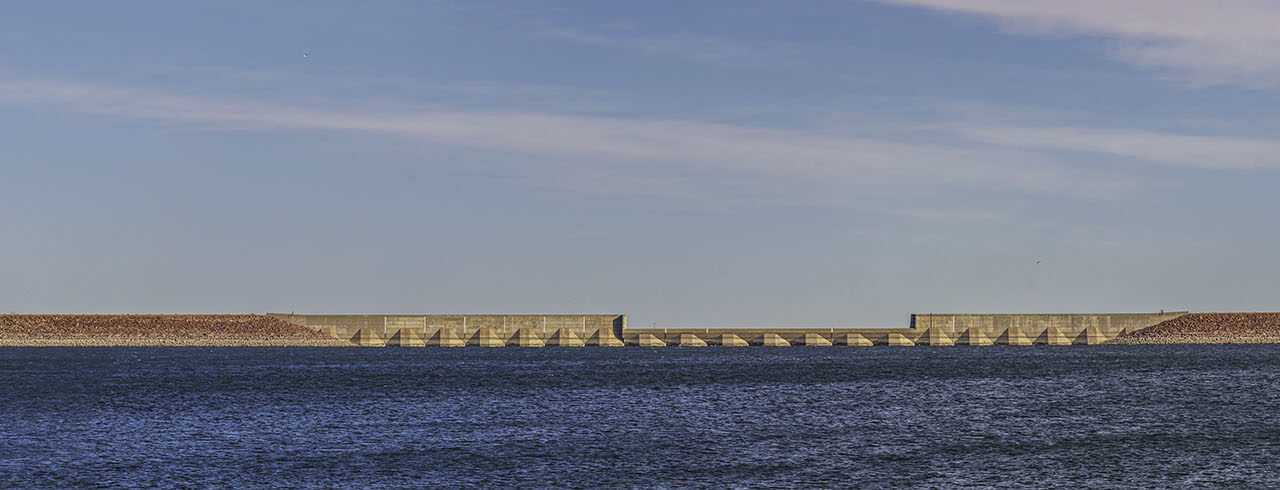Officials discussed limited water storage capacity at the July board meeting of the Upper Arkansas Water Conservancy District, with District Hydrologist Jord Gertson noting, “Pueblo Reservoir could spill.”
A spill would mean that the Bureau of Reclamation, which operates Pueblo Dam, would have to release water to maintain the space needed for flood control, a primary function of the reservoir.
Several factors, including ample snowfall this year, have contributed to the lack of available storage capacity, which will limit how much water can be used to maintain river flows through the Voluntary Flow Management Program.
The Voluntary Flow Program supports recreational boating on the Arkansas River from July 1 through Aug. 15, when water owners voluntarily move their water downstream from Upper Arkansas Valley reservoirs to Pueblo Reservoir.
The Program supports the local recreation economy by seeking to maintain river flows of at least 700 cfs at the Wellsville gauge near Salida. During the past week, flows at the Wellsville gauge have dropped from 820 cfs to 748 cfs.
Chris Woodka, senior policy and issues manager with the Southeastern Colorado Water Conservancy District, said the lack of available storage capacity in Pueblo Reservoir affects the ability to move water downstream “because there’s no place to put it.”
As Upper Ark District General Manager Terry Scanga observed, “A lot of water remained in storage at the end of 2023,” which limited the space available to store water from “a very wet year.”
Further limiting available storage, the Twin Lakes Reservoir and Canal Company had scheduled maintenance on its collection system beginning at the end of June.
In order to maximize Twin Lakes water imports from the West Slope, Scanga said, the company moved water into the reservoir earlier than usual to accommodate the planned maintenance. This not only reduced available storage space in Twin Lakes, it also forced some water owners to move water downstream to Pueblo Reservoir.
Because of the abundance of water this year, the Fryingpan-Arkansas Project has brought more than 60,000 acre-feet of West Slope water into the basin via the Boustead Tunnel, which delivers water into Turquoise Lake.
From Turquoise, Fry-Ark Project water goes into Twin Lakes. Releases from Twin Lakes to Pueblo Reservoir support the Voluntary Flow Program.
Since Pueblo Reservoir was created as part of the Fryingpan-Arkansas Project, storing Project water takes priority over other water stored in the reservoir, further increasing the possibility that non-Project water will spill.
Scanga said additional storage capacity is needed to address this problem and pointed out that the Southeastern Colorado Water Conservancy District, which manages Fry-Ark water, had proposed increasing storage in Pueblo and Turquoise lakes more than 20 years ago.
The Southeastern District’s Preferred Storage Options Plan, or PSOP, Scanga said, would have benefited the entire Arkansas River Basin in Colorado, but Pueblo Chieftain owner Bob Rawlings “used his barrels of ink” to oppose the expansion. “For all his good efforts to protect the Lower Arkansas Valley from water transfers to Colorado Springs and Aurora, his efforts to prevent them from using Pueblo Reservoir by stopping PSOP, in fact, harmed the whole of the basin.”
Photo: Pueblo Reservoir and Dam.





